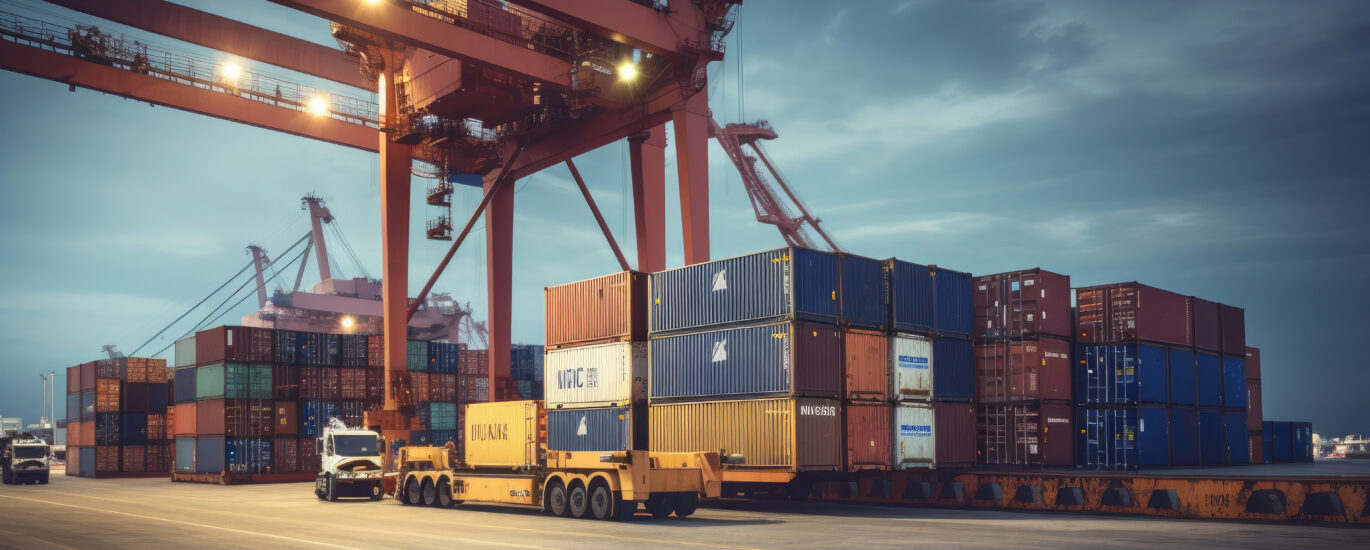India is a land surrounded by oceans in the peninsular regions. This makes up a majority of the land’s surface. Export-import trade relies a lot on a continuous flow of the supply chain, which stands true for most businesses. A warehouse is a key factor to keep the supply chain effective!
Let’s first see what is a warehouse. So if we go by the definition, a warehouse is a large building where raw materials or manufactured goods may be stored before their distribution for sale.
About a decade ago, the term “warehouse” would conjure images of dusty godowns – buildings of an undefined shape located in the outer limits of cities, structures with no more than 4 walls, stacked haphazardly with inventory from floor to ceiling. Fast forward to 2020, and warehousing is not only a highly sought-after sub-set of the commercial real estate asset class but is also a pivotal part of India’s logistics sector.
However, there are still many warehouses that are old and dingy in which goods can neither be stored properly nor be secured adequately. It is estimated that India will draw a whopping $10 billion investment through the warehousing and logistics industry in the coming years, thereby, fostering the demand for smart assets.
With India running towards the development of new technology and efficient management processes, warehouses are not untouched. Companies like Amazon are managing warehouses very effectively and it is a lesson every conventional warehouse owner must learn.



